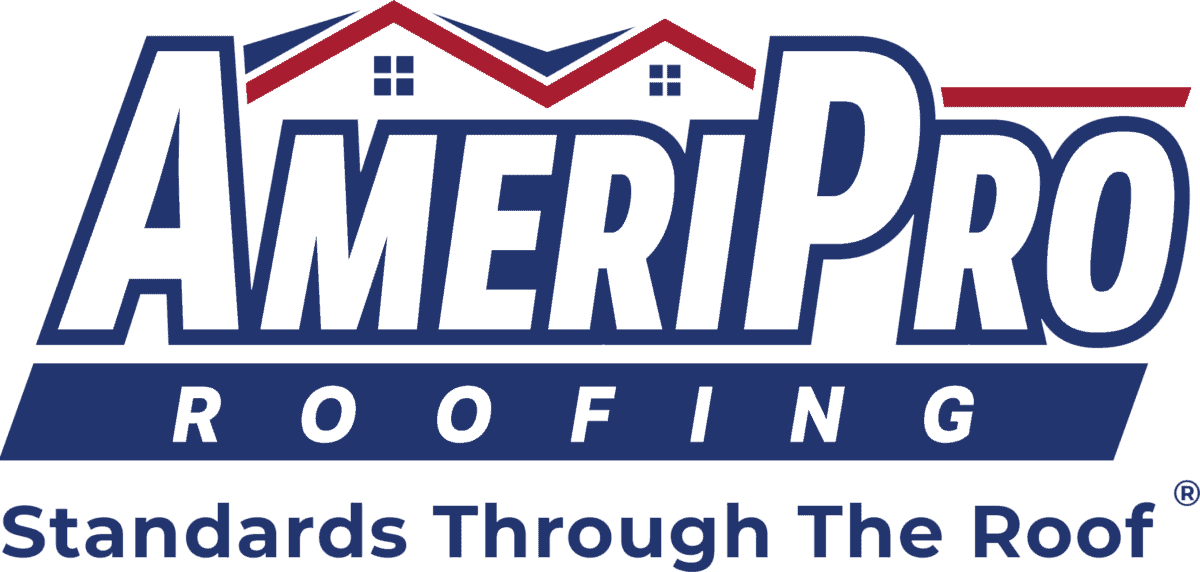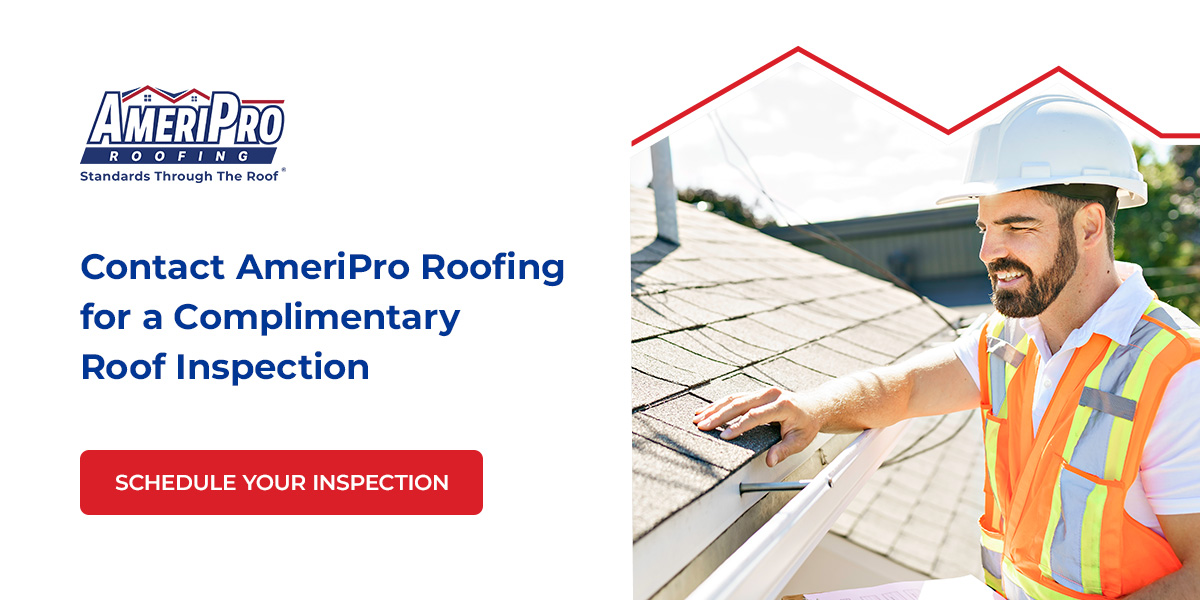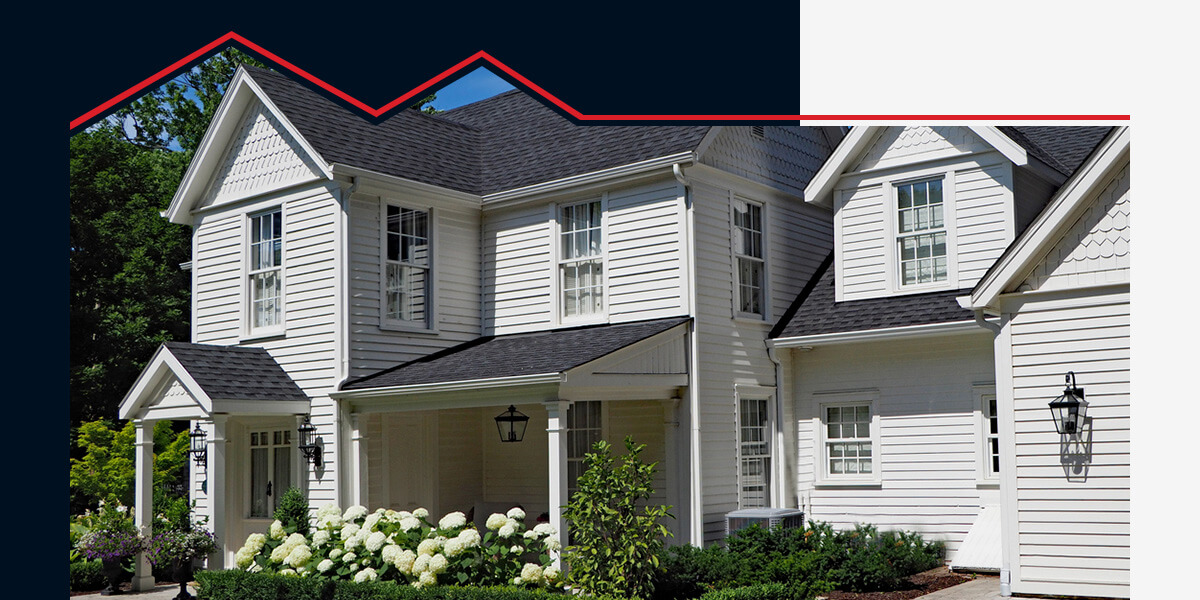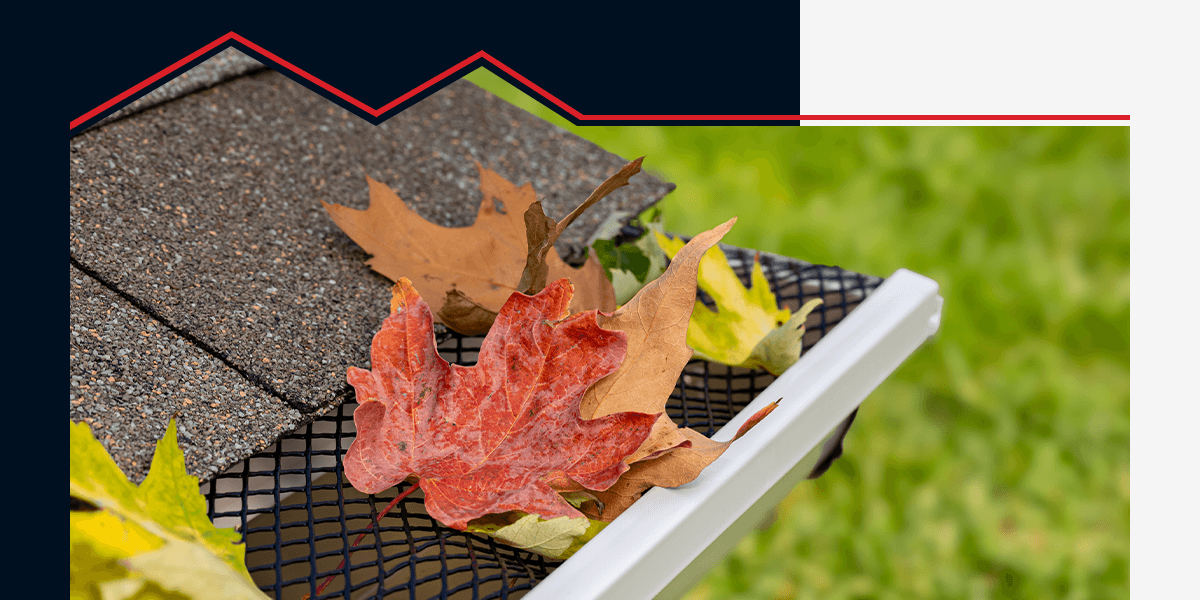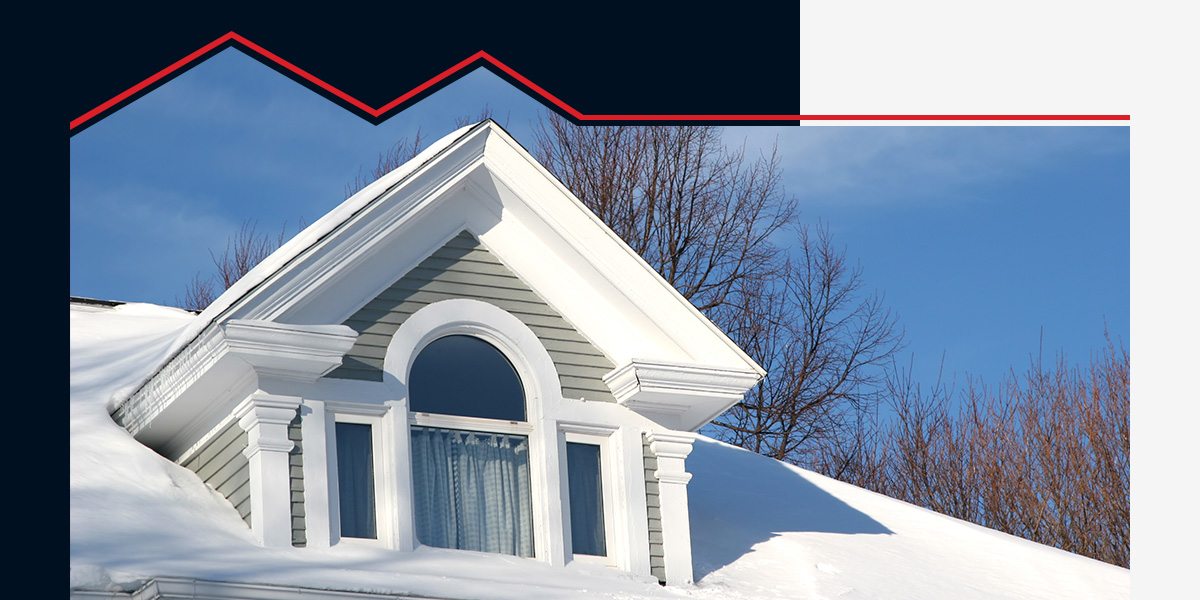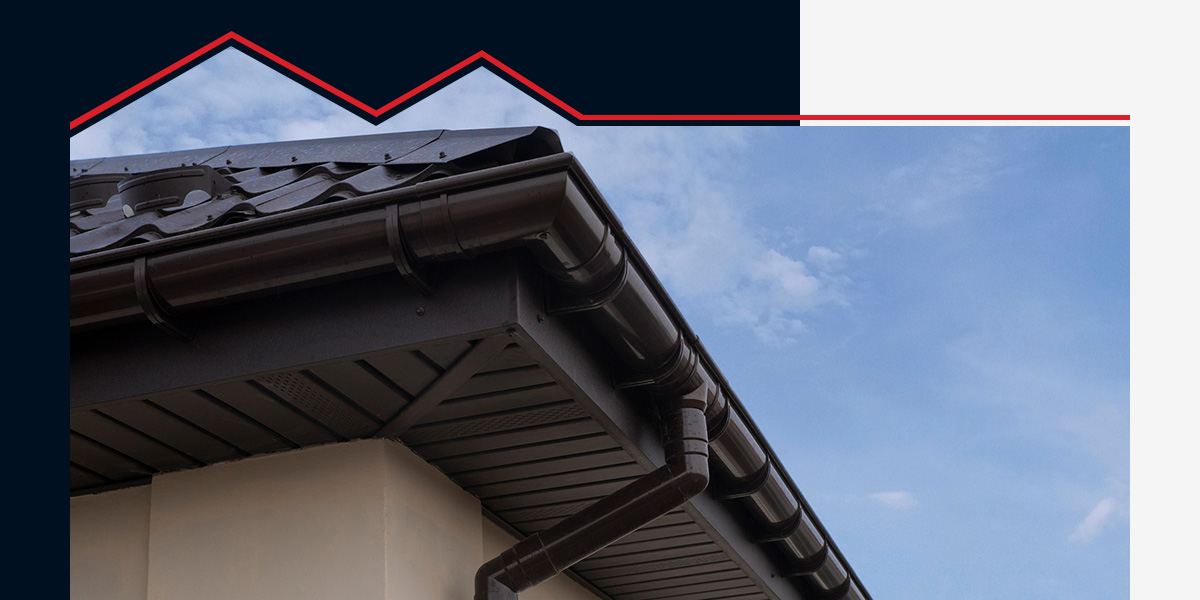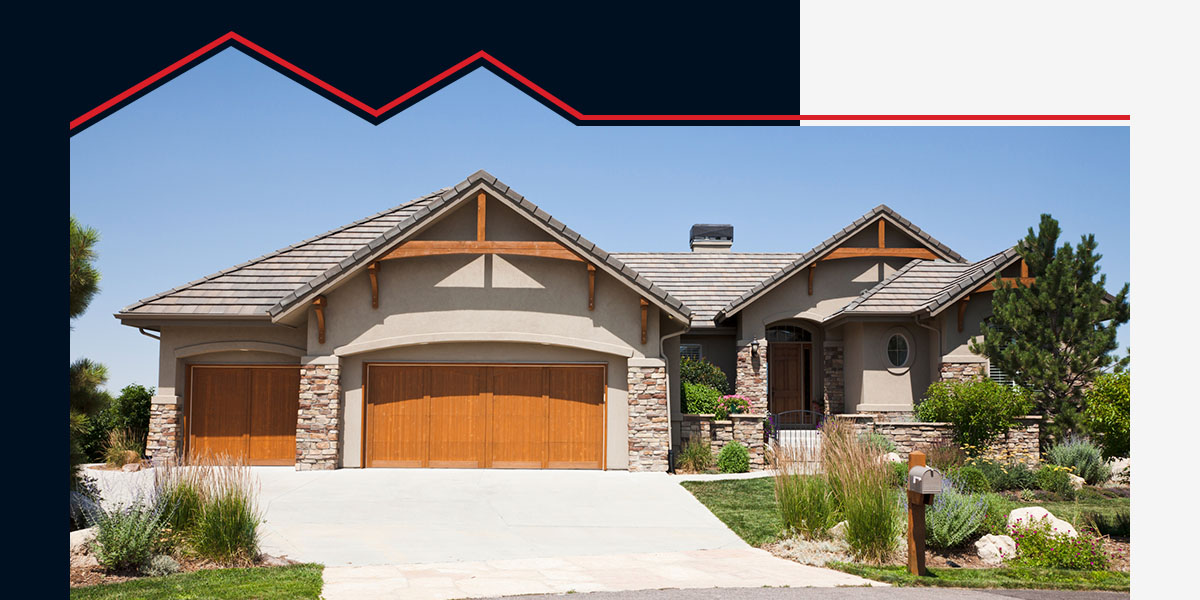
The landscape in the U.S. changes substantially at the boundary line of the Mississippi River. The climate in this vast region also varies dramatically. If you live in western states like Colorado or Kansas, you will experience weather extremes that impact your property’s condition, especially the roof, gutters and siding.
Western Weather Trends
Colorado and Kansas have unique climatic characteristics due to their location and several weather-related factors.
Colorado Climate
Colorado features a higher elevation than many other states, a continental interior geography and a relatively central latitude. This combination produces a cool, dry climate for much of the year. However, variations occur within Colorado’s three regions:
- Eastern: This plains region is characterized by abundant sunshine, low humidity, infrequent precipitation and moderate-to-high winds. The temperature range is extreme, often exceeding 95 degrees Fahrenheit in the summer and dropping below zero in winter.
- Mountains: The Rocky Mountains significantly impact much of Colorado’s climate. The air temperature typically decreases with elevation while the precipitation levels increase. The prevailing midwinter mountaintop winds and heavy snowfalls are common from November until mid-May.
- Western: This portion of the state has less extreme topography consisting of numerous canyons, plateaus and lower elevations. The winter weather is usually colder but experiences less precipitation than the eastern side of the Rockies.
Kansas Climate
Kansas is known for having three distinct climate types. Most of the state features a continental climate consisting of warm-to-hot summers and relatively cool winters, although the spring and fall seasons often exhibit more unpredictable weather patterns.
The weather differs in the southwestern portion of Kansas. This region has a steppe climate, which is generally more temperate but semi-arid, with average annual precipitation amounts typically ranging from approximately 13 to 16 inches. Other parts of Kansas have a more Mediterranean climate, with warmer, wetter winters and prevailing westerly winds. The summers are relatively dry, hot and calm.
Extreme thunderstorms are a common occurrence in many parts of Kansas during the summer months because of the state’s location in the middle of the continental U.S. The weather patterns cause cold, dry air and warm, moist air to merge, resulting in this phenomenon.
The Impact of the Colorado and Kansas Climate on Houses
The varied and often unpredictable weather conditions and trends in this region can affect a home’s roofing system in several ways.
Heavy Snowfall
Snow is one of the biggest challenges to a roofing system’s life span. If you live in the Rocky Mountain region of Colorado, you’ll likely need to deal with multiple significant snowstorms during the winter.
Heavy, wet snow allowed to pile up on roofs can cause shingle stress and damage that leads to leaks. Eventually, it can impact the structural integrity of the installation, which could cause a partial or complete roof collapse.
Snow and ice dams are also common roofing issues, especially in the harsh Colorado climate. These dams can form around the edges of a roof when the freeze-thaw cycle occurs more frequently. When the snow and ice melt, the water runs down the roof, gets stuck behind the shingles and creates pressure on them when it refreezes.
Destructive Winds
Kansas and portions of eastern Colorado are typically considered part of “Tornado Alley,” a loosely defined collection of states where tornadoes occur frequently. The high-force winds from these and other severe storms and weather events can cause irreparable damage to a roofing system.
Examples of wind issues include blown-off shingles — and, in some cases, the entire roof — and damage to siding, gutters and downspouts. Heavy gusts can also propel objects into the roof with high force, which can create large holes.
Sun
Colorado and Kansas traditionally rank among the sunnier states. Exposure to direct sunlight causes asphalt shingles to heat up quickly, leading to deformation and hastening the wear-and-tear process. Intense sunlight and its ultraviolet rays also cause bleaching and discoloration, detracting from the roof’s appearance, as well as warping and cracking.
Heat and Humidity
As the temperature increases, so does the potential for damage to a roofing system. Dramatic changes between day and night during the summer can create thermal shock, which results from the roofing material expanding and contracting over a short time frame.
Humidity is another destructive force that affects a roofing system’s longevity and structural integrity. Extremely humid conditions can lead to leaks and moisture damage that weaken the roofing system and leave the home needing more frequent repairs and replacements. Mold and mildew may also form and grow, which often leads to structural damage and health issues for the property’s occupants.
Contact AmeriPro Roofing for Your Repair and Replacement Needs
If the volatile Midwestern weather is wreaking havoc on your home’s roof, the experienced professionals at AmeriPro Roofing can help. We assist homeowners with all types of roofing issues across the U.S. Contact us for more information or to schedule a no-obligation complimentary roof inspection today.


